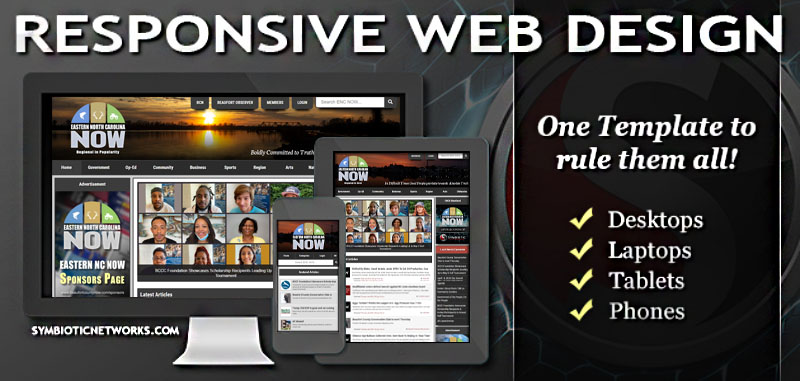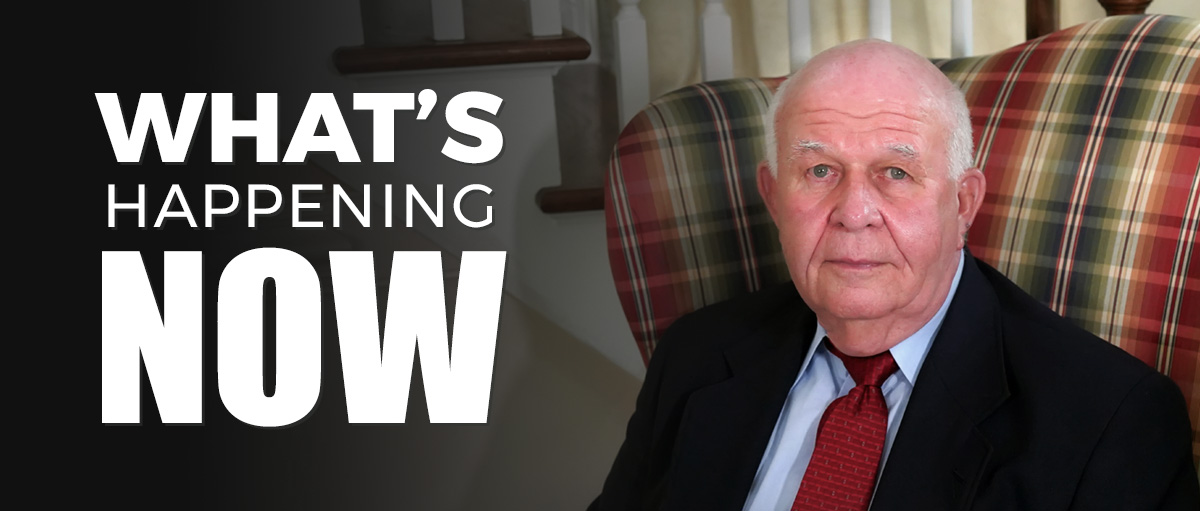Press Release:
South Court Auditorium, Eisenhower Executive Office Building • Washington D.C. • September 2 • 11:23 A.M. EDT
THE PRESIDENT: Well, thank you all for your patience.
Secretary Raimondo, thank you.
Before we begin, I'd like to speak very briefly about today's jobs report that was just been issued.
We received more good news. In August, the economy created 315,000 new jobs. The great American jobs machine continues its comeback. American workers are back to work, earning more, manufacturing more, and building an economy from the bottom up and the middle out.
But with today's news, we have now created nearly 10 million new jobs since I took office. Nearly 10 million jobs - the fastest growth in all of American history.
In August, we also saw that the share of Americans who are working in our economy went up. Economists call that the
"labor force participation rate."
Working-age women are now, for the first time, back at work at rates not seen since before the pandemic.
Wages are up. Unemployment remains near a 50-year low. And, yesterday, we got that - we got data that showed that manufacturing orders were up but cost increases of supply chain items were beginning to ease.
The week before that, we got data showing that price increases may be beginning to ease as well.
The bottom line is: Jobs are up. Wages are up. People are back to work. And we are seeing some signs that inflation may be - may be - I'm not going to overpromise you - may be beginning to ease.
Couple that with the fact that gas prices have now fallen 80 straight days - the fastest decline in over a decade -
and the price at the pump is now $1.20 a gallon less than it was the beginning of summer.
America has some really good news going into Labor Day weekend.
But we're also seeing something else critical to the backbone of the American economy: manufacturing. Manufacturing is roaring back.
Since I took office, the economy has created 668,000 manufacturing jobs - the strongest manufacturing job recovery since the 1950s.
And just last week, we've seen major American companies - from First Solar to Corning to Micron - announce plans to invest tens of billions of dollars - tens of billions, that's not a misstatement - tens of billions of dollars, expanding manufacturing in America.
We've seen major global companies -like Toyota and Honda - announce that they are choosing America to invest and build.
None of this is happening by accident. These investments and this recovery are a direct result of my economic plan. Some people gave up on American manufacturing. Not me. Not the Secretary. Not the American people.
"Make It in America" is no longer just a slogan; it's a reality in my administration.
I'm committed to building an economy from the bottom up and the middle out. You've heard me say that a thousand times. But that's what's happening. And that's what we're here to talk about today.
Now, a big part of the American Rescue Plan that I signed once I - a month after we got in office - we were facing a once-in-a-century pandemic, historic joblessness, businesses struggling to stay open, remote learning for our children.
But thanks to the American Rescue Plan, we have come a long way. We got vaccine shots in arms. We helped people who needed it - it the most. We kept teachers in the classrooms, cops on the beat, firefighters on the job - because the local communities didn't have the money to pay for them.
And as a result, COVID no longer controls our lives. More Americans are working than ever. Businesses are growing. Schools are open. And today, we're celebrating a signature program the American Rescue - of the American - within the American Rescue Plan that's going to help communities that need it most.
Look, it's called the Build Back Better Regional Challenge. It's centered around a vision that, as our economy recovers and modernizes, as science and technologies accelerate and change the nature of how we manufacture, we want workers and small businesses leading this transition - making sure they're a part of it, not just being shunted aside - instead fearing that the transition will be leave them behind. We're going to help them get retrained and many other things.
And thank - think - look, think of the 55-year-old small businessman who has been making a single screw - this is literally true - for a combustible engine for cars for decades. He and his workers are worried. Why? Because we're moving to high-tech electric vehicles. We're going to help them and their businesses with training and new technology to help them make parts for electric vehicles and lead the transition to a clean energy economy so they're not left behind.
This is about investing in them, believing in them, helping them transition to a new world. They can do these jobs, just like they did the ones they had before. This is about jobs in their communities for them - not having to leave or not having to go on unemployment.
As new enterprises are created in the communities, they should have - they shouldn't have to leave. They should be the ones being able to fill in for those jobs.
So we designed this program by thinking about people and places in a really important way. And I know I got all of you up on the screen here in 21 different communities.
This American Rescue Plan program invests $1 billion - a total of $3 [billion] - but $1 billion to create jobs and opportunity for people in the places where they live and where they've worked their entire careers so they don't have to leave.
I know when folks hear such big numbers, they don't think it's - it's for them. But this is for them. It is for them.
Over 500 coalitions applied for these grants - from community organizations to philanthropies, to labor unions, to colleges and universities - all working together from every part of America.
That kind of interest is a testament to the need and enthusiasm for this type of investment. I - it took - I take a look at this as a transition investment.
I'm so proud to announce 21 awardees, up on the screen here, who will each receive between $25 million and $65 million jobs to turn their plans into action.
And as Secretary Raimondo just said - and I guess I wasn't supposed to start this off, was I? Come to think of it. All of a sudden, it dawned one me: I was supposed to let her speak first. (Laughter.)
But estimate these projects are going to result in 100,000 jobs created or saved, over $7 billion in additional private sector investment in these 21 communities.
We want you to continue having good jobs in your community so you don't have to leave, so your people in your communities are displa- - aren't displaced.
The winners are all here up on the screen, and they're going to empower communities in Pennsylvania, West Virginia -
Joe, is that you? Is that Joe Manchin I see?
SENATOR MANCHIN: I'm right here with you.
THE PRESIDENT: Hey, Joe Joe. Good to see you, man. Thanks for what you're doing. A matter of a fact, you're one of the guys that started this idea with me - what you needed - what you're talking about needed - had happened in West Virginia.
But anyway -
SENATOR MANCHIN: And you kept your promise.
THE PRESIDENT: They're - they're going to empower communities in Pennsylvania, West Virginia, Louisiana to lead our nation's transition to clean energy.
They're going to empower small manufacturers in Michigan, Kansas, North Carolina, El Paso, Texas - helping them modernize and become part of a supply chains for cutting-edge technologies, advanced manufacturing, biotechnology, aerospace.
They're going to empower agriculture workers in Fresno, California, and women in St. Louis, Missouri, pursuing manufacturing careers through quality job training and apprenticeships that lead to good-paying jobs.
And they are going to support entrepreneurship and small business creation from Native American communities in Montana and to Tulsa Greenwood neigh - to Tulsa's Greenwood neighborhood, once known as the Black Wall Street, that I visited on the 100th Anniversary of the Tulsa Race Massacre.
Together, these projects are going to uplift underserved communities and include them as a key part of America's economy for the 21st century.
We're putting people who have been left behind in the past or couldn't be - couldn't have been lifted out of anything before. They're going to be part of this recovery. They're going to be the ones who are going to leading the way here. They're going to be the ones getting retrained for these jobs.
Take the project in Georgia. I've recently signed a number of laws that is going to bring manufacturing jobs back to America and to make sure the future is made in America - think of everything from electric vehicles to semiconductor chips.
Georgia Tech, one of the great research universities, is a leader in understanding how artificial intelligence can be used to strengthen almost any industry.
But too many folks, especially small manufacturers in Black communities or in rural - or rural communities in Georgia, can't afford access to the knowledge and research to be able to capture these jobs, to be trained for them.
They can't take advantage of all that technology that can make them - for them, all the difference between their businesses closing and thriving. So, Georgia Tech partnered with HBCUs and - like Spelman College and Fort Valley State, and local community colleges.
With this grant, they're going to take this technology on the road with a mobile training studios. That's basically a high-tech van that's going to travel into underserved areas across Georgia to train a whole new generation of workers.
Technology experts will provide workers who are interested in four- to six-week hands-on training that can make all the difference in their employment.
Think of a poultry farmer who might never have had a chance to learn how to artificial - how artificial technology can help manage inventory or improve safety and quality while increasing their productivity.
Think of a family-owned paper manufacturer that could never have afforded trying out cutting-edge technologies, but now they're going to be able to.
And they're going to be able to grow their businesses. And they can do it without ever leaving their home or their families. This is a gamechanger.
Take the projections - the project in Manchester, New Hampshire. And I'd tell you what: I heard so much from the - from the delegation in New Hampshire - from Maggie Hassan - anyway. I won't get into it. But they - this has been one of the things they've been pushing for a long time - both senators and the congressman.
Their goal is nothing short of becoming a global epicenter for the next generation of advanced medicine. But to do it, they need world-class labs for clinical trials that will attract the most innovative bio-medicine companies in the - to locate and create jobs in New Hampshire.
I have to say that Senator Hassan and Shaheen, and Congressman Pappas: I hear you. I hear you. I hear you. I know you've been talking about this a long time. We've finally gotten it.


























Am I right am I here or am I blind to the man's "qualities"?